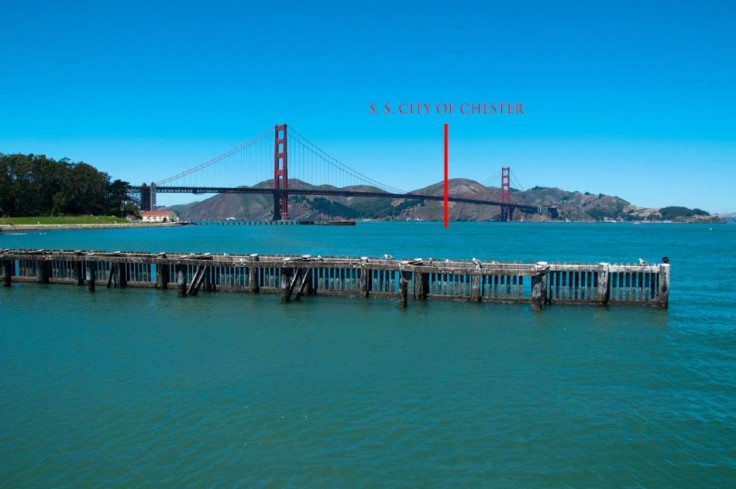NOAA Finds Lost Shipwreck in the San Francisco Bay after More than 125 Years

It was a lost shipwreck that could have been long forgotten or could have forever vanished if not for the National Oceanic and Atmospheric Administration (NOAA) that found and announced the location of the underwater wreck in the San Francisco Bay in the U.S.
The said shipwreck was reportedly a 202-foot long passenger steamship SS City of Chester that left San Francisco, heading up the California coast to Eureka, but sank after an apparent collision with the British ship RMS Oceanic some125 years ago in the San Francisco Bay off the Golden Gate Bridge.
According to a report from Reuters, the City of Chester collided with Oceanic in "dense fog" on Aug. 2, 1888. The City of Chester had remained afloat for six minutes but apparently it had sunk and sixteen people were declared dead in the accident.
On Wednesday, April 23, NOAA released "sonar images" of the location of the wreckage after utilising historical data. The report said that the shipwreck was found after the Coast Survey team conducted multi-beam sonar survey, which had taken almost nine months just to analyse.
"Discoveries like this remind us that the waters off our shores are museums that speak to powerful events, in this case not only that tragic wreck, but to a time when racism and anger were set aside by the heroism of a crew who acted in the best traditions of the sea," James Delgado, director of maritime heritage for NOAA's Office of National Marine Sanctuaries, said.
Delgado led a crew to survey another shipwreck nearby to enlarge their search and find the City of Chester, Los Angeles Times reported. A follow-up side-scan sonar survey was what gave the confirmation that the target was, indeed, the City of Chester. The steamship was reported sitting in an upright position, covered in mud, 216 feet deep "at the edge of a small undersea shoal."
"Connecting to the history of the Chester is sad in one way, but we were also connecting to scientific history on a different level," said NOAA NRT6 team leader Laura Pagano.
And it appeared that the 2014 discovery of the steamship wreck was not the first discovery. Reports confirmed that the U.S. Coast and Geodetic Survey was the first to find the wreck shortly after the ship sunk in 1888.





















